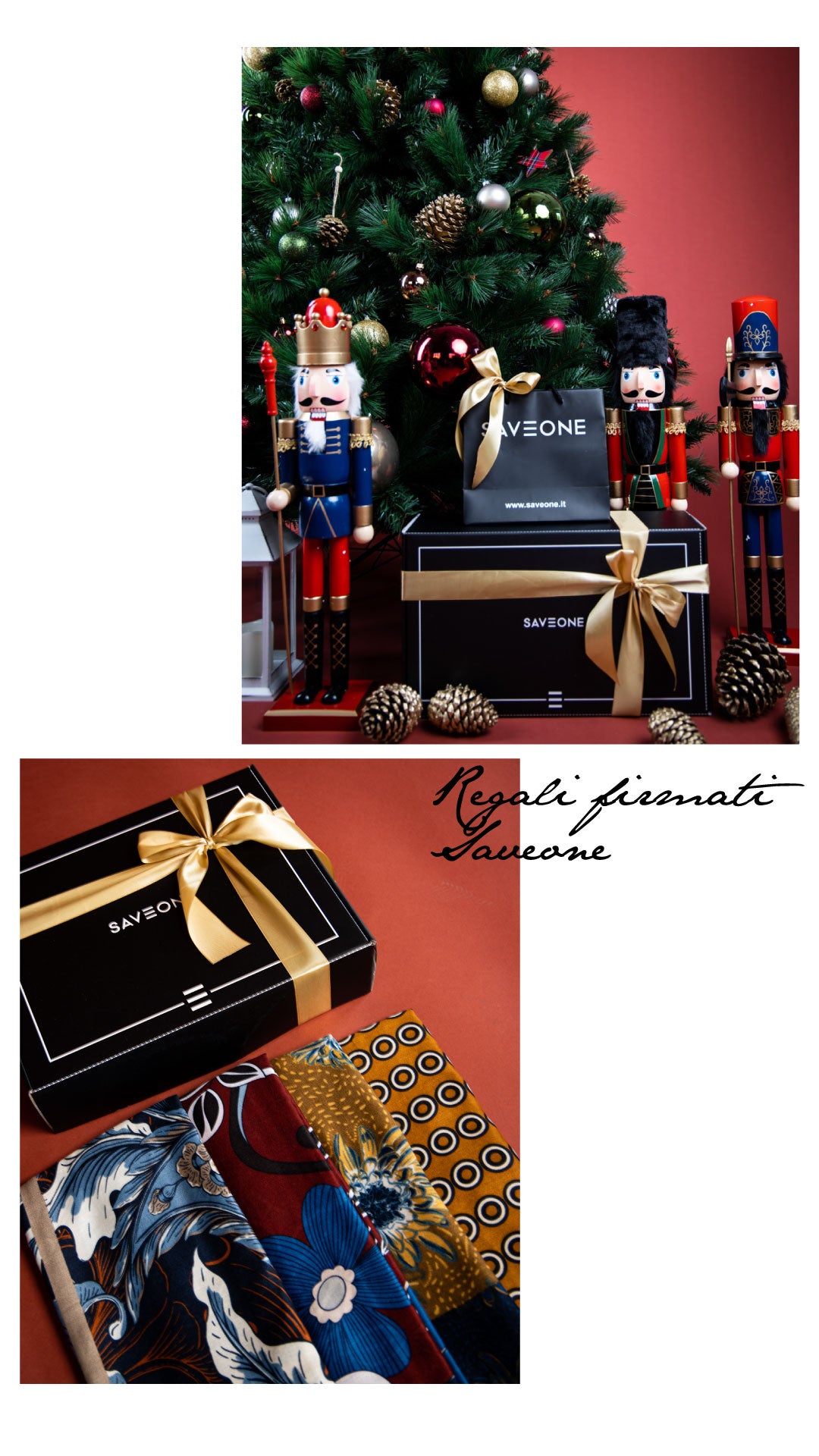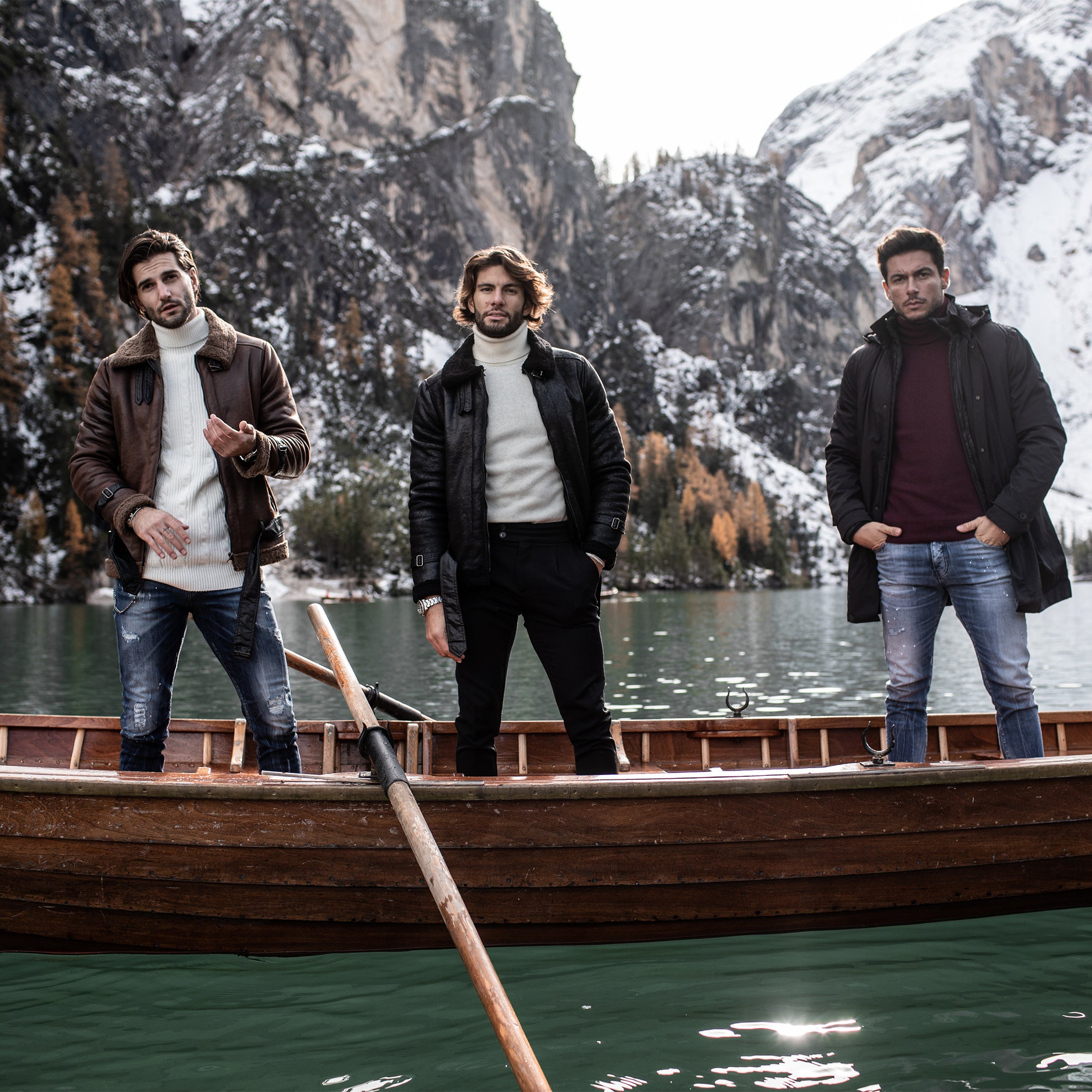A short journey to discover one of the most characteristic traditions of Christmas: the exchange of gifts. You have to run up and down in time, from the Saturnalia of the ancient Romans to Santa Claus, passing through the gifts that the Three Wise Men brought to Jesus.
Why do we exchange gifts under the tree at Christmas? Have you ever wondered where this tradition comes from? The answer must be sought far back in time. In fact, Christmas gifts are a custom that has ancient roots. Over time, it has transformed, crossing different cultures and religions , but has kept its central nucleus intact. The same thing that today leads us to struggle until the last moment to find the right gift with which to make someone we love happy.

The Sarturnalia of the ancient Romans
Who knows if the ancient Romans felt the same anxiety when the days of Saturnalia , one of the most heartfelt holidays of the year, approached. The Saturnalia fell in the second half of December , precisely from the 17th to the 24th (as established in the imperial age). In that period, the settlement of the god Saturn in the temple and the anniversary of the so-called golden age were celebrated. This was done with a week of celebrations in grand style, which involved the entire population, including slaves, who at least for a few days could behave like free men. There was no work, there were no fights or wars, everything was still and festive. The banquets followed one another and the exchange of small gifts , called gifts, was also incessant. Among the most frequent gifts were the so-called Lares , i.e. figurines depicting the deities of deceased ancestors, who were believed to watch over families. The analogies between Christmas and Saturnalia, however, do not stop at gifts. Even the ancient Romans, for example, on those festive days, decorated houses and trees with colored symbols.
The gifts of the Three Kings in the Christian tradition
The advent of Christianity brought a transformation of pagan customs. The festive days remained, but their meaning was revisited, as were the cultural references. The days of the Saturnalia became those in which we chose to celebrate Christmas, New Year and Epiphany . And the gifts? They became a symbol of an episode narrated in the Gospel, that is, the arrival of the Three Wise Men to honor the newborn Jesus. These three rulers who came from the east, according to the Gospel story, brought gold , frankincense and myrrh to the child of Bethlehem. The identification between the Magi and the gifts also explains why, in countries with a strong Catholic tradition, up until a few decades ago, the magical night in which gifts were exchanged was not Christmas but that of the Epiphany, the 6th January.
The advent of Santa Claus
In most of the world, however, the tradition of Christmas giving has undergone a further transformation . The figures of the Three Kings were intertwined with that of the bishop Saint Nicholas , who lived in the 4th century, who in turn was transfigured, over time, into what is now known as Santa Claus , that is, Father Christmas . According to tradition, Saint Nicholas saved three girls from a sad future of exploitation by giving them a dowry that allowed them to get married. The dowry consisted of bags of gold which he threw into their house from the window. Just like Santa Claus does with gifts for good children. Then, century after century, Saint Nicholas lost his religious connotation to establish himself even in non-Catholic countries, as an old man with a thick white beard, dressed in red and very generous. Today it's his turn to travel the planet aboard a sleigh pulled by reindeer, to continue to fuel the magic of Christmas.





